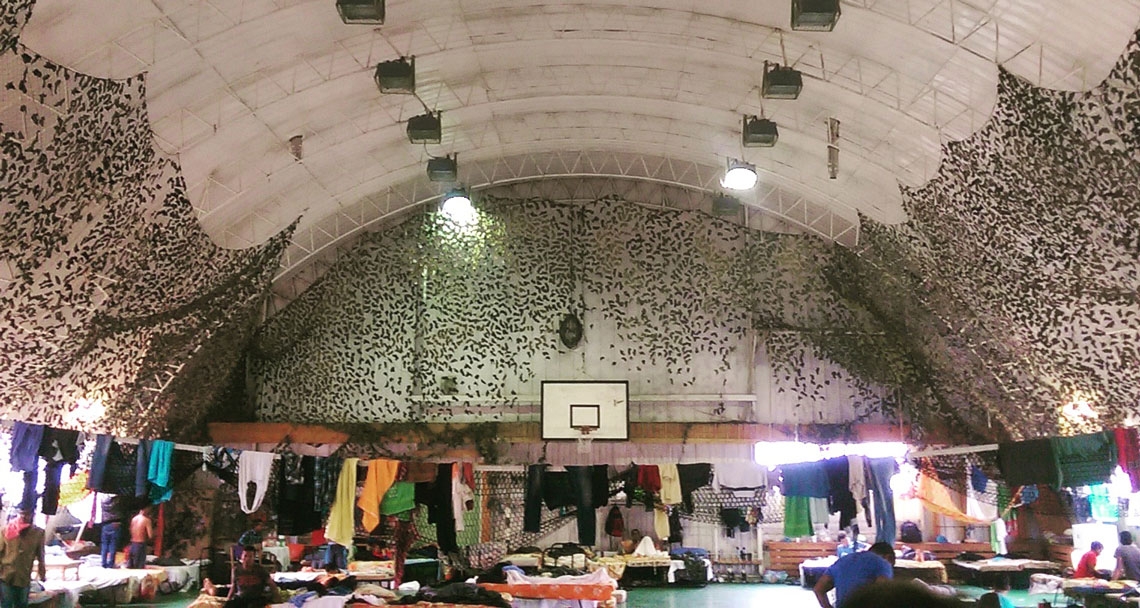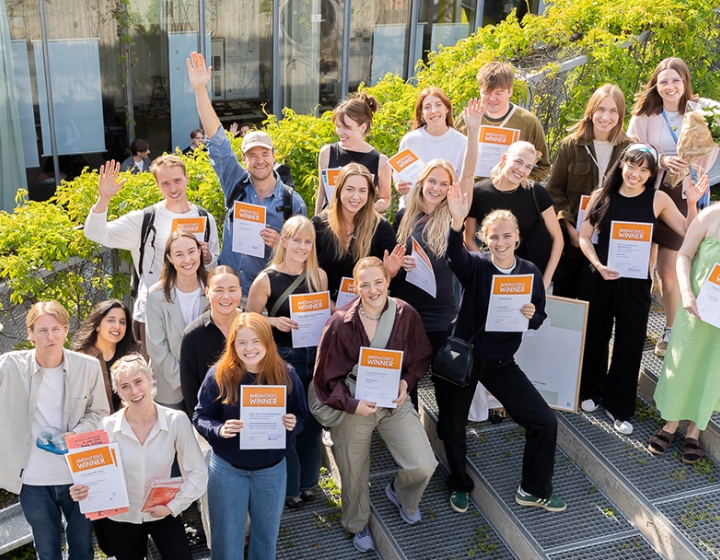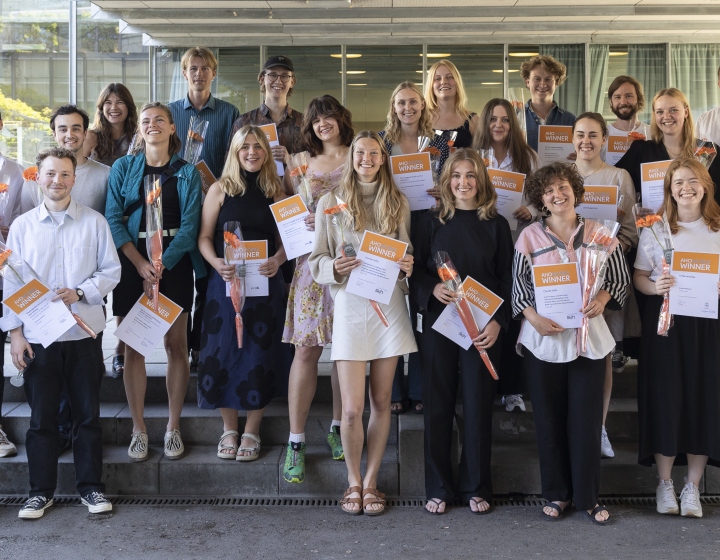In Transit: Architecture meets the migration crisis
As Europe faces its worst migration crisis since World War II, European leaders are debating how to respond to the arrival of hundreds of thousands of refugees in need of protection and safe living environments. While these challenges need to be worked out from many different angles and levels, there is an acute need for architects to take a proactive role in crisis response and offer their expertise on how to improve the physical conditions for people seeking sanctuary in unfamiliar environments.
In Transit, a collaboration between AHO’s Institute for urbanism and landscape and the Norwegian Refugee Council/NORCAP, is one response to this need. In Transit aims to develop design solutions and innovative spatial configuration of transitional spaces for displaced populations and their host communities, in order to offer a sense of normality and (the feeling of) safety in temporary, extreme situations.
The course will focus on various degrees of temporality, and the best response to each of these situations. The students will investigate how to best respond to the four most common transit situations of the current global circulation of people: Spontaneous or planned camps for refugees or internally displaced persons (IDPs); Urban displacement and outside of camp contexts; Transit points and hyper-temporality; and Reception facilities/Asylum Centers.
AHO and NRC/NORCAP: Håvard Breivik (architect), Tone Selmer-Olsen (architect) Mattias Josefson (architect). In collaboration with Norwegian Refugee Council/NORCAP
In Transit, a collaboration between AHO’s Institute for urbanism and landscape and the Norwegian Refugee Council/NORCAP, is one response to this need. In Transit aims to develop design solutions and innovative spatial configuration of transitional spaces for displaced populations and their host communities, in order to offer a sense of normality and (the feeling of) safety in temporary, extreme situations.
The course will focus on various degrees of temporality, and the best response to each of these situations. The students will investigate how to best respond to the four most common transit situations of the current global circulation of people: Spontaneous or planned camps for refugees or internally displaced persons (IDPs); Urban displacement and outside of camp contexts; Transit points and hyper-temporality; and Reception facilities/Asylum Centers.
AHO and NRC/NORCAP: Håvard Breivik (architect), Tone Selmer-Olsen (architect) Mattias Josefson (architect). In collaboration with Norwegian Refugee Council/NORCAP



